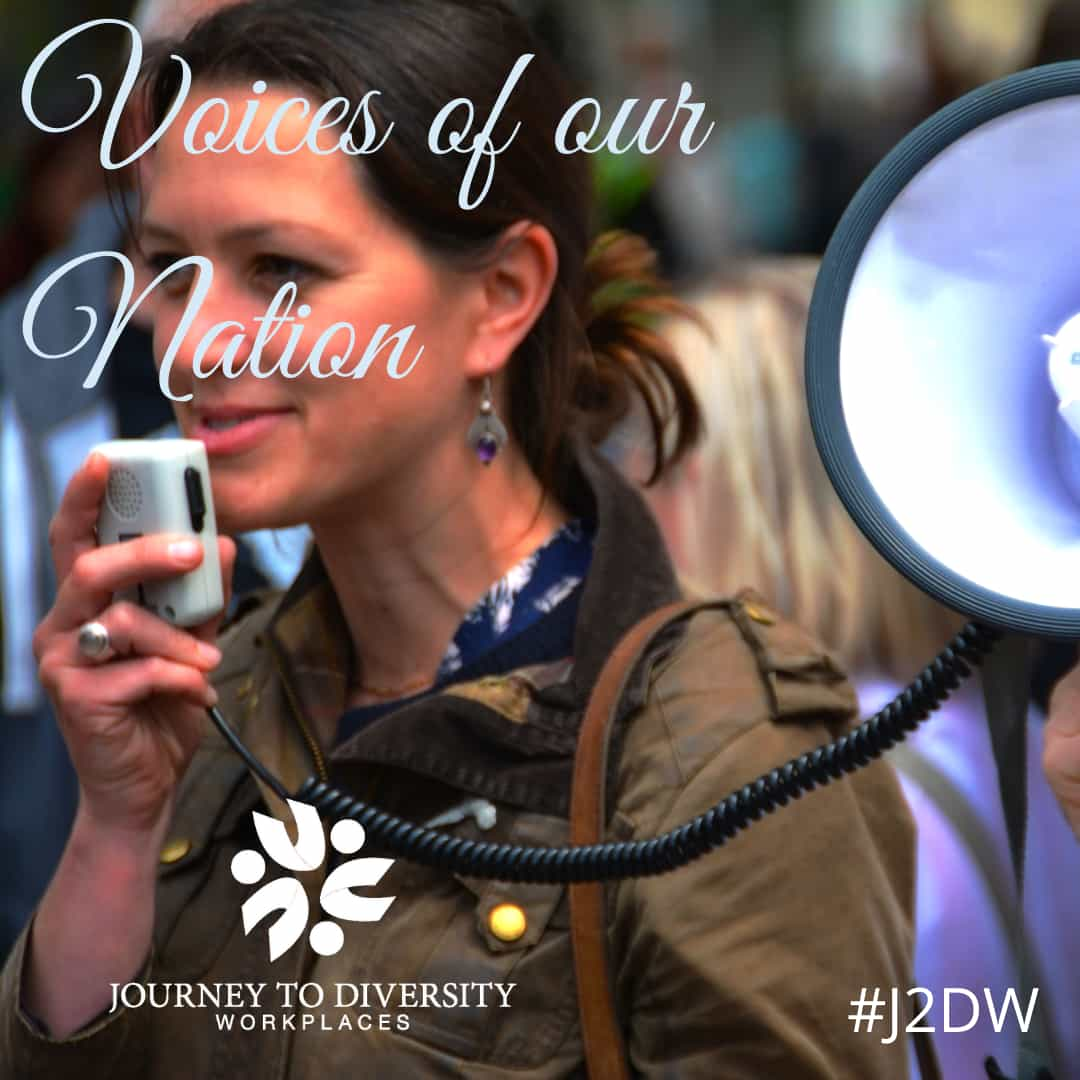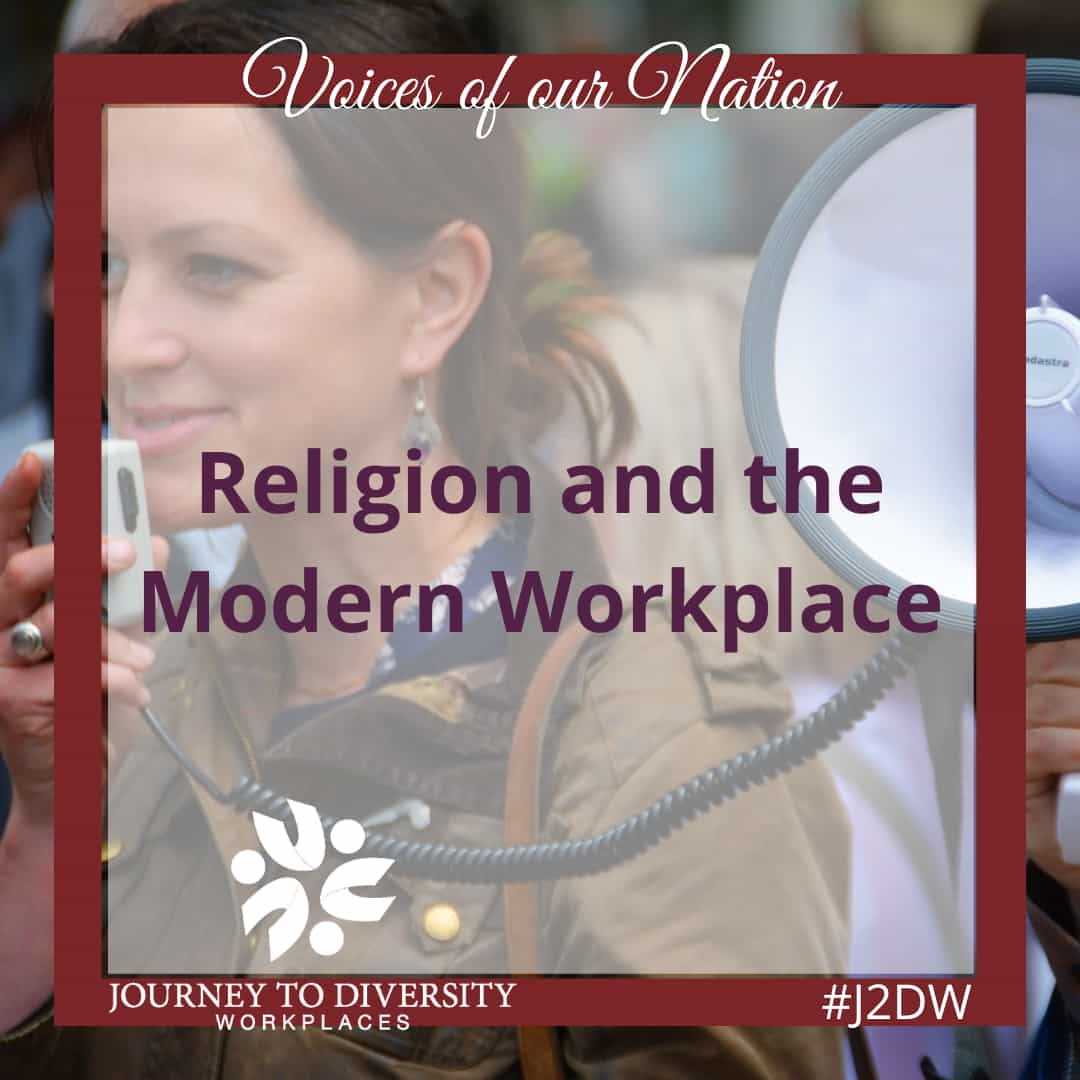Freedom of religion is a constitutionally protected right in Canada. Freedom of religion allows religious believers to have the freedom to assemble and to worship without limitation or interference. However, freedom of religion has not always been granted in the history of Canada. There are numerous religions, and workplaces should be aware that an individual religious employee may have varying beliefs from other religious employees. Employers are required to provide reasonable religious accommodations to their employees. Employers also need to effectively incorporate Christians, with diverging views, into a diverse workplace culture for the workplace to be successful.
The workplace culture has continued to evolve and change over time. Modern workplace employees and employers are now faced with different challenges than previous generations of workers. Technology has changed modern workplace interactions as workplaces have opportunities to become more global and diverse. However, religious employees can still bring skills that will benefit the workplace when these employees are properly integrated with the skills of the non-religious affiliated workers.
Inclusion has become an increasingly important concept for workplaces. Equality forms the foundation of inclusion. Employers must understand that equality does not necessarily mean treating everyone the same, but rather appropriately taking into consideration the differences of employees. Inclusion focuses less on what makes people different and more on creating a workplace environment that encourages employees to bring various perspectives, contribute a variety of ideas, and where employers can be appreciated for all aspects of their diversity in the workplace. There are benefits to creating an inclusive workplace environment. Inclusive workplace cultures develop organizational practices and goals that allow employees having different backgrounds to be treated equally within the workplace. Inclusive workplaces generally have higher job satisfaction, lower employee turnover, higher productivity, increased employee morale, improved problem solving, additional creativity, and an improved quality of employees through better hiring and retention practices.
The integration of work and faith is an ancient concept for some countries. Employee integration is an important component of a successful workplace. The values that workplaces need for long-term effectiveness are similar to the values exhibited in the major religions such as loyalty, compassion, respect, integrity, humility and a belief in something greater than the job or the individual employee. Employee integration can be easier when a culture of respect, tolerance, and acceptance is established within the workplace. Diversity is based on a positive attitude to differences, along with recognizing that everyone is unique and that these differences should be respected for the benefit of the workplace. Workplaces need to develop employee integration strategies that will allow the workplace to maintain success in the future.
Employee integration strategies should recognize the strengths and weaknesses of individual employees. Diversity encourages the individuality of employees and the unique qualities that the employees can bring to the organization by seeing differences as a valuable resource to a workplace. When diversity is acknowledged and respected employers can find new ways to maximize and capitalize on the different skills and ideas. Employees that feel valued and respected are much more likely to be actively engaged or put forth their best efforts for the workplace. Employee integration is more effective when employees feel as though their relevant input is valued. Employers should eliminate employee stigmas and reduce conflict or issues that develop between employees. Employers need to promote a safe and healthy work environment especially as new employees are integrated into the workplace. A diverse workforce brings a unique set of experiences and perspectives, which are essential for developing new ideas and innovations. The management of workplace diversity focuses on integrating individual differences into the workplace to benefit both the individual employees and the organization. Communication is also an essential factor that will contribute to the success of any workplace.
Workplaces can significantly benefit from inclusion and diversity. Progress still needs to be made toward the goal of workplaces becoming more inclusive and diverse in the future. However, employee integration strategies should still remain effective when these strategies are implemented properly to improve the productivity, wellness, and success of future workplaces. Religious employees can provide unique skills and values that will benefit workplaces when these employees are properly integrated with other diverse groups of employees along with non-religious affiliated employees. Each employee should be made to feel valued, included, and respected. Future technology will continue to transform workplaces as employees will utilize various new skills to complete assigned tasks. Workplaces could potentially use improved technological advancements in communication that would make workplaces even more globalized. Employers and employees must cooperatively develop a positive workplace culture consisting of good habits, policies, procedures, and values that will allow the workplace to meet various challenges while remaining successful in the future.
Sources:
Benefits of Workplace Diversity and Inclusion
Diversity and Developing an Inclusive Canadian Culture
Diversity Management for the Modern Workplaces
Diversity in Canadian Workplaces: The Present Building to the Future
Integrating Health and Safety in the Modern Workplace
Stats Canada
Workplace Integration Strategies
This article was contributed by volunteer blogger Shan Simpson.








